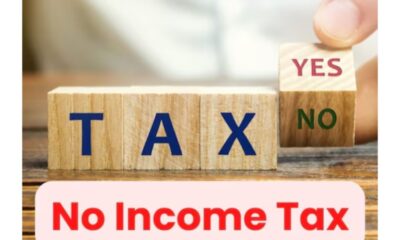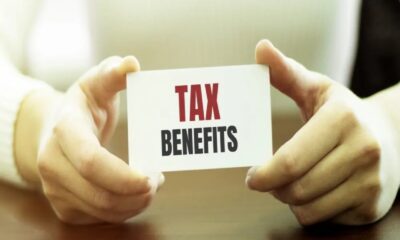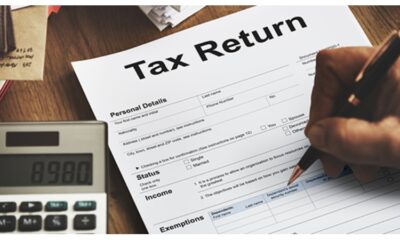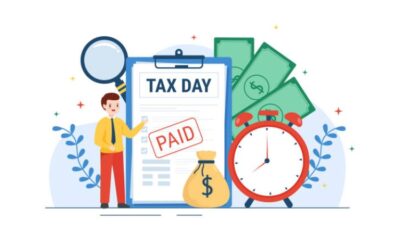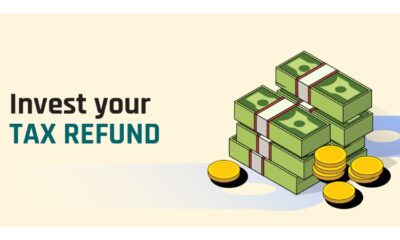Business
How-to Guide for 2024: Using Your Tax Refund to Buy a Car
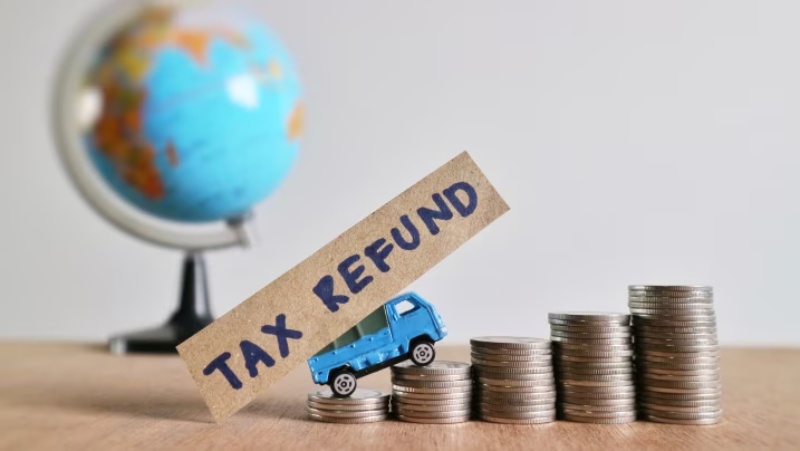
The average tax refund disbursed in 2024, according to the IRS, has been slightly more than three thousand dollars. This could significantly impact whether you have to pay off your present auto loan or put a down payment on a new one. Consider using that money to purchase a car this year with your tax refund if you anticipate receiving a similar amount.
3 methods to use your tax refund to buy a car
One can purchase a tax-return car in a few different ways. Whichever path is best for you and your pocketbook will depend on your current financial situation.
- Make lease payments or pay off your existing debt
Paying off your current loan can be a prudent financial move, even though it won’t smell like a new car. Make additional payments with your tax refund, or settle the balance in full. However, to avoid any potential early payment fees, make sure you read the fine print on your loan agreement before using your refund to pay down your loan.
You could use your tax refund to pay off your lease if you currently have a car lease. This might be a worthwhile option to consider if you want to keep driving the car or truck and its value exceeds the buyout amount.
However, you may not consider your auto loan or lease to be your top priority. Your car loan’s interest rate should be compared to those of your other debts. Paying off your credit card debt with a high-interest rate will probably result in greater savings than paying off your auto loan.
- Make a down payment on a vehicle
Your monthly payment will be lower and you’ll pay less interest over time if you put more down on your car. Using your tax refund to make a sizable down payment on a car is a terrific way to pay less overall because experts advise paying 20% of the vehicle’s value as a down payment.
You may determine how much money you can save by using a down payment calculator. You should still use your trade-in and savings to make up any shortfall if your refund isn’t enough to cover the entire 20% down payment.
- Take out a new car loan
Those who wish to drive a newer, nicer car can do so for less money by leasing instead of buying. If you have more money, you can lower your monthly payment by paying more for the car upfront. It is generally not advised to make a down payment on a leased car, though, unless you absolutely must reduce the monthly payment.
The total cost of leasing remains the same if you put down a payment, and forfeit that amount if the vehicle is totaled.
Putting the money into a bank account is an alternative to using your tax return as a down payment. When money is tight, use it to cover a few months’ worth of upcoming lease payments.
While leasing has many advantages, such as access to the newest technology and the opportunity to drive a variety of cars, weigh the advantages and disadvantages carefully before committing.
Top tips for using your tax refund to buy a car
After your bank account or tax refund arrives in the mail, take into consideration these tips.
- Keep it a secret from the dealer. Even though it’s exciting to get extra money through the refund process, keep it a secret while you’re at the lot. You may find negotiating more difficult if you disclose your financial situation.
- Remember your spending limit. Don’t get carried away and ignore any regular budget you adhere to because the extra money you have received won’t last forever. This is particularly crucial when it comes to financing a car. Make sure the loan you approve is one you can continue to afford as the months go by.
- Don’t hurry things along. If you plan to buy a new car, decide which model you want and which financing option will save you the most money before the end of tax season. In this manner, you won’t feel compelled to make a significant financial decision on the spur of the moment once you receive your check.
- Think about purchasing used. For the best return on your refund, consider less expensive used cars. To find out how much more you can get back in tax returns, you can figure out how much a new car will cost.
- Conduct research. If you choose to purchase used, get a vehicle history report and have a mechanic check the car. These steps could help you save a significant amount of money by assisting you in identifying any past or present issues with the vehicle.
Conclusion
April 15 is tax deadline. You should receive your refund shortly before Memorial Day if you file by that date, which could allow you to negotiate a better price. You can maximize your refund and potentially even walk away with a new car if you put in the planning necessary.
-

 Sports4 weeks ago
Sports4 weeks agoFIFA Club World Cup 2025: Complete List of Qualified Teams and Groups
-

 Sports3 weeks ago
Sports3 weeks agoAl Ahly vs Inter Miami, 2025 FIFA Club World Cup – Preview, Prediction, Predicted Lineups and How to Watch
-
Health2 weeks ago
Back to Roots: Ayurveda Offers Natural Cure for Common Hair Woes
-

 Tech2 weeks ago
Tech2 weeks agoFrom Soil to Silicon: The Rise of Agriculture AI and Drone Innovations in 2025
-

 Sports3 weeks ago
Sports3 weeks agoFIVB Men’s Volleyball Nations League 2025: Full Schedule, Fixtures, Format, Teams, Pools and How to Watch
-

 Startup3 weeks ago
Startup3 weeks agoHow Instagram Is Driving Global Social Media Marketing Trends
-

 Television4 weeks ago
Television4 weeks agoTribeca Festival 2025: Date, Time, Lineups, Performances, Tickets and How to Watch
-

 Sports3 weeks ago
Sports3 weeks agoWorld Judo Championships 2025: Full Schedule, Date, Time, Key Athletes and How to Watch

